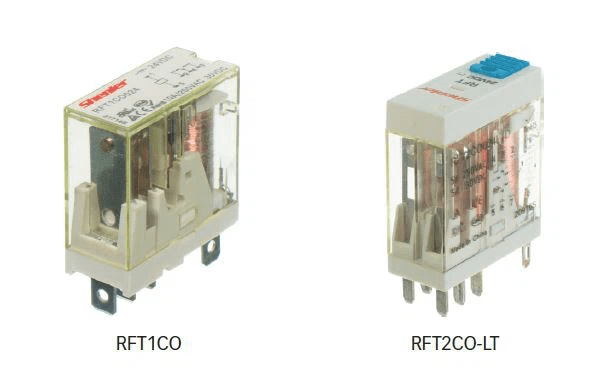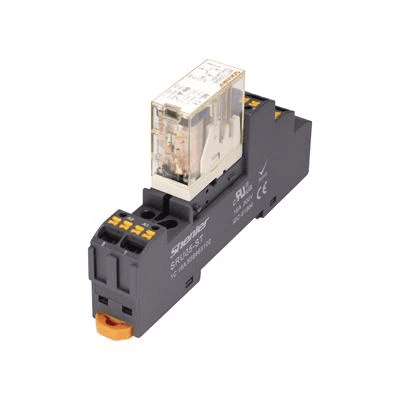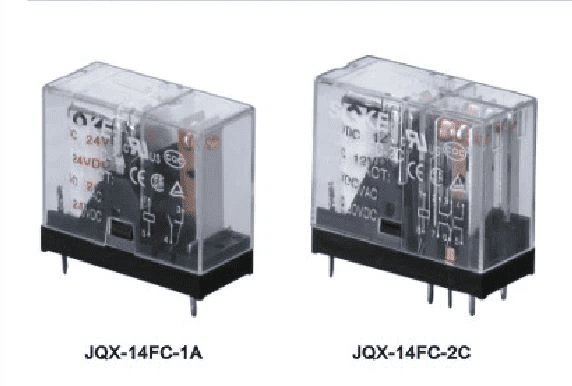A PCM relay is an electrical device used to control the flow of electricity in an electrical circuit. It is an electromagnetic relay activated by a magnetic field. PCM relays consist of a coil wound around a ferromagnetic core. When the coil is energized, it creates a magnetic field that activates the relay.
The PCM relay is a very high-speed, high-density, and low-cost solid-state relay that uses a unique optocoupled MOSFET process to provide high-speed switching with low resistance.
PCM relays are used in a variety of applications such as automotive electronic control systems, electric motors, and industrial control systems. It is also used in appliances such as air conditioners, refrigerators, and washing machines. PCM relays are an essential part of many electronic systems and devices.
In this article, we’ll take a closer look at PCM relays and how they work. We will also learn more about its application and installation considerations.
The types of PCM relays
PCM relays are made of a material that changes phase when a voltage is applied. This phase change can be used to turn the circuit on or off. PCM relays are commonly used in telephone systems and computer networks because they provide a fast and efficient means of switching signals.
PCM (Powertrain Control Module) relays can be of various types depending on the specific application and vehicle make/model. Some common types of PCM relays include:
Fuel Pump Relay
These relays control power to the fuel pump that delivers fuel from the fuel tank to the engine. The PCM sends a signal to the fuel pump relay to turn it on or off depending on the engine’s operating conditions.
Ignition Coil Relay
This type of relay controls power to the ignition coil, which is responsible for generating the high voltage needed to create the spark in the spark plug. The PCM sends signals to the ignition coil relays to control when and for how long to fire to the individual cylinders.
Cooling Fan Relay
These relays control the operation of the engine cooling fan, which is responsible for cooling the radiator and maintaining the engine’s operating temperature. The PCM sends a signal to the cooling fan relay to turn the fan on or off depending on the engine’s coolant temperature.
Transmission Control Relays
These relays control power to the Transmission Control Module (TCM), which manages the operation of the transmission. The PCM sends a signal to the transmission control relay to control the operation of the TCM.
EGR (Exhaust Gas Recirculation) Control Relay
These relays control the operation of the EGR valve, which recirculates a portion of the exhaust gas back into the intake manifold to reduce emissions. The PCM sends a signal to the EGR control relay to open or close the EGR valve depending on the engine’s operating conditions.
Injector Control Relay
This type of relay controls the operation of the injectors, which are responsible for delivering fuel to the engine cylinders. The PCM sends signals to the injector control relays to control the timing and duration of the fuel injection event.
How does a PCM relay work?
A PCM relay is a device used to control circuits using digital signals. A relay consists of a coil wound around a metal core. When the coil is energized, the metal core is magnetized and the contacts on the relay are pulled together, allowing current to flow through the circuit. When the coil is de-energized, the metal core is no longer magnetized and the contacts open, breaking the circuit.
The benefits of using a PCM relay
Using PCM (powertrain control module) relays in vehicles can provide several benefits, including:
How to Choose the Right PCM Relay for Your Application?
There are several factors to consider when selecting the appropriate PCM relay for your application.
First, you need to determine the voltage and current ratings you need. The voltage rating is the maximum voltage the relay can switch and the current rating is the maximum current the relay can handle. You also need to determine the coil resistance and the resistance across the contacts.
Next, you need to consider the duty cycle. The duty cycle is the percentage of time the relay is on. For example, a 50% duty cycle means that the relay is on half the time and off half the time. The duty cycle is important because it determines how long the relay can stay on without overloading it.
Conclusion
In summary, PCM (Powertrain Control Module) relays are key components in modern vehicles, helping the PCM to control various systems in the powertrain such as fuel system, ignition system, transmission, and emission control.
It acts as a switch that allows the PCM to control power to these systems, ensuring proper operation and performance. PCM relays play a vital role in ensuring the smooth operation and performance of vehicle powertrains by providing reliable and controlled power to critical systems.



